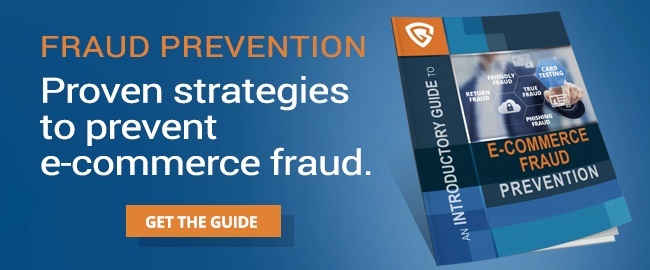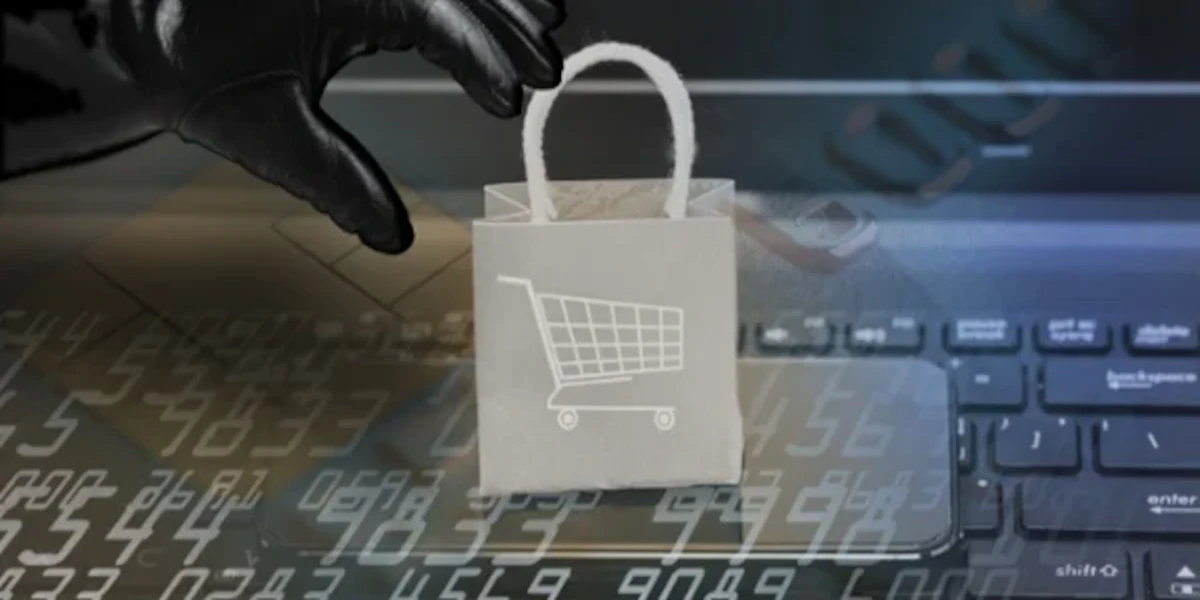Best True Fraud Prevention Strategies
There’s no single method to preventing fraud or stopping it in its tracks.
The most effective method to fight back is to take a multi-layered approach—one that’s customized to the exact type of fraud you’re dealing with, as well as what’s causing those instances of fraud in the first place.
For example, if true fraud is a problem for your business—meaning you’re seeing many transactions bought with stolen credit cards or by identity thieves—then you’ll want to create a plan of attack that discourages and prevents these activities at many levels. This means making changes internally, seeking out various outside tools that can help, and tracking and measuring your success as you implement these changes.
In-House Strategies to Prevent True Fraud
Your first step is to make some changes in-house. These changes largely pertain to how you accept and process payments, your quality control processes and other back-end details.
Here’s what you can do internally to make a difference:
- Make sure your payment gateway uses both AVS and CVV matching. This is one of the most effective ways to disable stolen credit card usage online.
- Watch IP addresses. If you have any suspicious transactions—unusually large purchases, a number of smaller purchases from the same customer, or anything else that looks out of the ordinary—run a quick IP trace on the customer. If they’re located in a country you don’t normally do business in, it could be a sign that fraud is in the works.
- Be wary of rush orders. Many fraudsters opt for rush, overnight or urgent shipments, hoping their purchases will arrive before their scam has been recognized. Have a process in place for reviewing rush orders before they’re fulfilled—especially if the billing and shipping addresses don’t match.
- Use a secure order management system. Your order system should comply with the Payment Card Industry Data Security standard and have extra layers of protection in place to protect customers and their payment data. This can prevent your customer accounts from getting hacked and used toward fraudulent purchases.
Don’t be afraid to call up the customer. If something looks fishy or suspicious, teach your fulfillment team to follow up and make sure the information is right. Verify the phone number, email and physical address, and do your due diligence to ensure the cardholder actually made the purchase.
External Tools to Prevent True Fraud
There are also external tools you can utilize to reduce your instances of fraud, as well as the consequences that come with the fraudulent activity.
First, you can use AI and rule-based fraud prevention tools that automatically flag or even decline transactions assumed to be fraudulent. You can also purchase order insurance service to protect both you and your customers in the event fraud occurs.
Address verification and email validator tools can also help reduce instances of fraud, while implementing a technology like Frictionless 3-D Secure 2.0 can allow you to verify cardholders directly with their issuing banks.
How to Measure Prevention Effectiveness
Many merchants worry that fraud prevention tools or tactics will 1) result in false positives that incorrectly decline orders and lead to lost sales or 2) use up too much time and resources to equal a positive ROI.
To ensure these worries are never realized, merchants should:
- Have set benchmarks from the very beginning. These should include the true fraud chargeback rate and the false positive rate.
- Implement only one new tool or strategy at a time. Then, compare the results of the single tool against your benchmarks for at least 60 to 90 days to find out the return on investment. If the ROI is positive, add the next tool and repeat.
- If any tool has a negative ROI after the initial comparison, work with the provider to optimize your results. If a positive ROI still can’t be achieved, discontinue use of the tool and move on to implementing your next strategy.
In the end, merchants should feel empowered to take fraud prevention into their own hands, but they don’t have to do it alone.
Prevention of fraud—as well as the chargebacks that come with them—is crucial to operating a financially healthy business in today’s day and age.
Download your copy of An Introductory Guide to E-commerce Fraud Prevention, which covers five main types of fraud—true fraud, friendly fraud, phishing (account takeover fraud), refund fraud and card testing—and offers effective tools and strategies to combat each of them.


